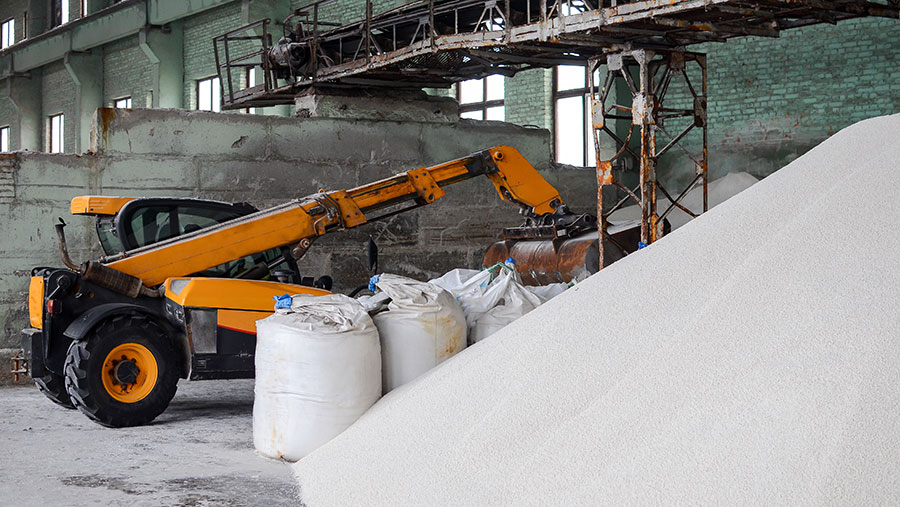Editor’s view: Urea debate puts Red Tractor in the spotlight
 © Kyrychukvitaliy/Adobe Stock
© Kyrychukvitaliy/Adobe Stock This week’s announcement that the industry is under pressure to come up with a solution to urea regulation puts the role of Red Tractor back in the spotlight.
Defra farm minister Mark Spencer has given a consortium that includes the Agricultural Industries Confederation, Red Tractor and the NFU until the end of this month to demonstrate that it can create an assurance standard that would prevent an outright urea ban.
See also: Editor’s view: There’s a subtle art to winning ag arguments
This would involve Red Tractor ensuring its arable members spread untreated urea only between 15 January and 31 March, and treated urea the rest of the year.
If adopted along the lines of the consortium’s response to a government consultation on the topic last year, it would give Red Tractor the power to sanction non-compliant farmers.
This would take the form of forcing them to complete a Facts training module (and online assessment) covering best practice for managing ammonia loss from fertilisers containing urea, as well as from organic fertilisers.
Some 20,000 of the UK’s 47,000 crop-growing farmers are in an assurance scheme, although Red Tractor covers about 90% of urea users and 95% of all urea use.
Yet of all the farming sectors with Red Tractor assurance, the arable contingent houses the biggest number that chafe under its jurisdiction.
They have long-held grievances about – as they see it – pointless auditing to check and double-check that they are compliant with standards growers of imported grain do not have to abide by, despite them having the same end use.
So, they will no doubt bristle at this additional remit from the organisation they hold no love for.
But the clear party line here from backers of this deal is that without it, there would have been an outright ban on urea.
Were the government to simply ban its use outside of the January-March window, without using Red Tractor to audit whether it was taking place, it is reasonable to assume an alternative enforcement method would be needed.
A high standard of proof is required because Defra is fretting that it is falling behind on meeting its legally binding ammonia reduction targets and wants to demonstrate it is catching up fast.
A letter from Mr Spencer to NFU deputy president Tom Bradshaw this week notes that urea sales in the second half of 2022 were significantly higher on the year – meaning the government is fearful emissions will actually be going up.
If Defra banned urea use altogether, it would reduce competition in the marketplace in favour of the products that are already more expensive on a per-kilogram basis.
Some Red Tractor detractors will no doubt be dissatisfied by any further role for the organisation, and it will be interesting to see if additional cost will be levied on producers to fund this broader role.
Yet it will be for its opponents to define what a more acceptable workaround to this situation is if the only acceptable choices for the government are a total urea ban, a total urea ban except with inhibitors, a total urea ban outside of the application window, or an industry solution.
This will either be the moment Red Tractor begins to rehabilitate its reputation with its arable cohort by doing something useful for them, or the point where its most serious detractors draw a line in the sand and act before its role in the industry becomes even more solidified.
Whatever happens, it is vital farmers continue to have as many tools as possible at their disposal to grow decent crops.

